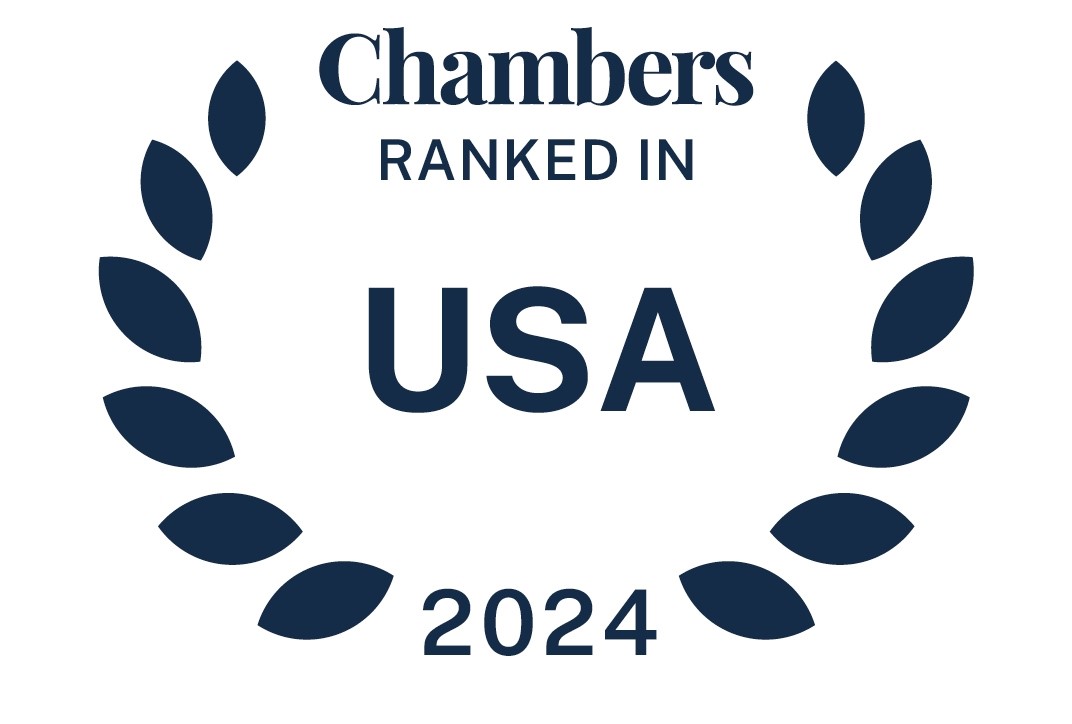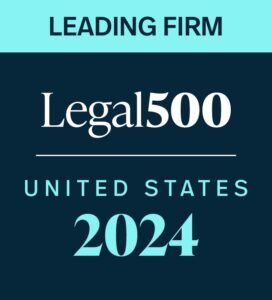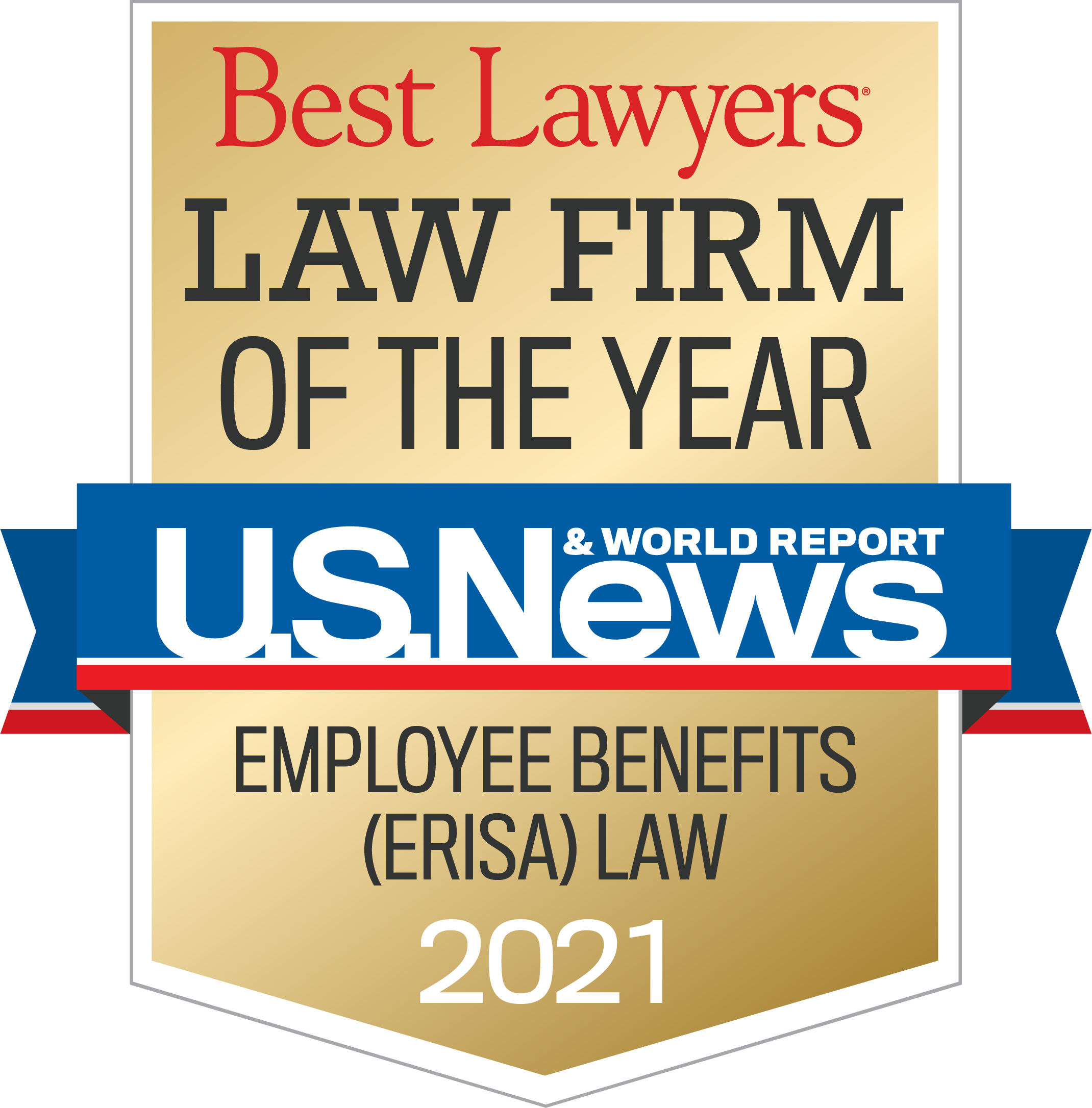The US Department of Labor increased the penalties for specified violations of the Employee Income Retirement Security Act of 1974. Most of the penalty increases involve reporting and disclosure failures related to benefit plans and will be effective for penalties assessed after August 1, 2016, if the violation occurred after November 1, 2015.
read more


 Subscribe
Subscribe




